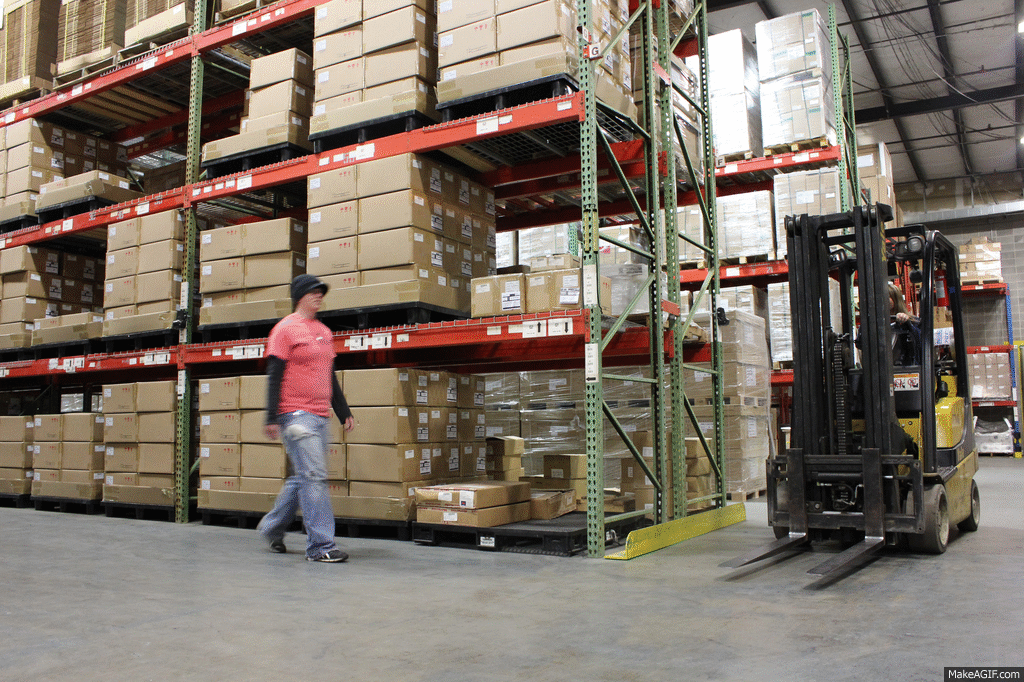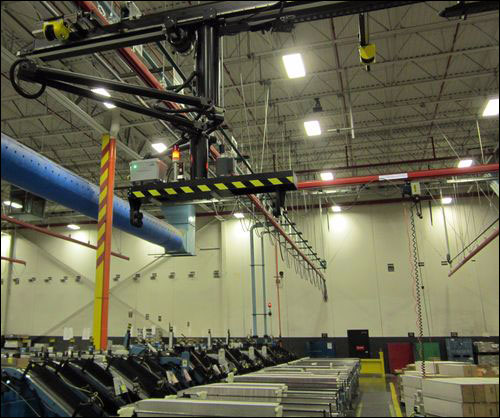Are you calling 911 on your cell phone because you need emergency assistance? Your cell phone provider has to be able to locate your phone to aid emergency responders in finding you. The current standard, Wireless Enhanced 911 or ‘E911″ Phase 1, requires cell phone providers to be able to identify the phone number and cell phone tower used by callers, within six minutes of a request by a Public Safety Answering Point (PSAP). While helpful, localizing a customer to the nearest cell tower still leaves an awfully big haystack to be searched.
 That’s why the FCC has been pushing for a much more stringent Phase 2 target. First, 95% of a network operator’s in-service phones were to be E911 compliant (“location capable”) by December 31, 2005. The FCC fined Sprint, Alltel and U.S. Cellular a total of $2.83 million for not meeting this deadline. Second, providers must locate any cell phone within 300 meters, within six minutes of a PSAP request in any given participating PSAP service area by September 11, 2012 (deferred from September 11, 2008).
That’s why the FCC has been pushing for a much more stringent Phase 2 target. First, 95% of a network operator’s in-service phones were to be E911 compliant (“location capable”) by December 31, 2005. The FCC fined Sprint, Alltel and U.S. Cellular a total of $2.83 million for not meeting this deadline. Second, providers must locate any cell phone within 300 meters, within six minutes of a PSAP request in any given participating PSAP service area by September 11, 2012 (deferred from September 11, 2008).
The technology to provide E911 location falls into two general approaches: handset-assisted and network-based. Here’s a more detailed run-down. Handset-assisted approaches require special technology built-in to your cell phone. These include:
- GPS
- Advanced Forward Link Trilateration (A-FLT)
- Timing Advance/Network Measurement Report (TA/NMR)
- Enhanced Observed Time Difference (E-OTD)
Network-based approaches use measurements at the cell phone tower:
- Angle of Arrival (AoA)
- Time Difference of Arrival (TDoA)
- Location Signature (“Fingerprinting”)
Now, the FCC is raising the bar further. Networked-based approaches must locate within 100 meters 67 percent of the time, and within 300 meters 90 percent of the time. Handset-based approaches must locate within 50 meters for 67 percent of the time, and 150 meters 80 percent of the time. These new standards will be rolled in over the next few years. Matthew Lasar has a more detailed write-up in Ars Technica.
This continually improving location capability means not only faster help in an emergency, but also a host of location-based services that will be able to leverage this cell phone location technology.



One thought on “E911 – Locating Your Cell Phone”